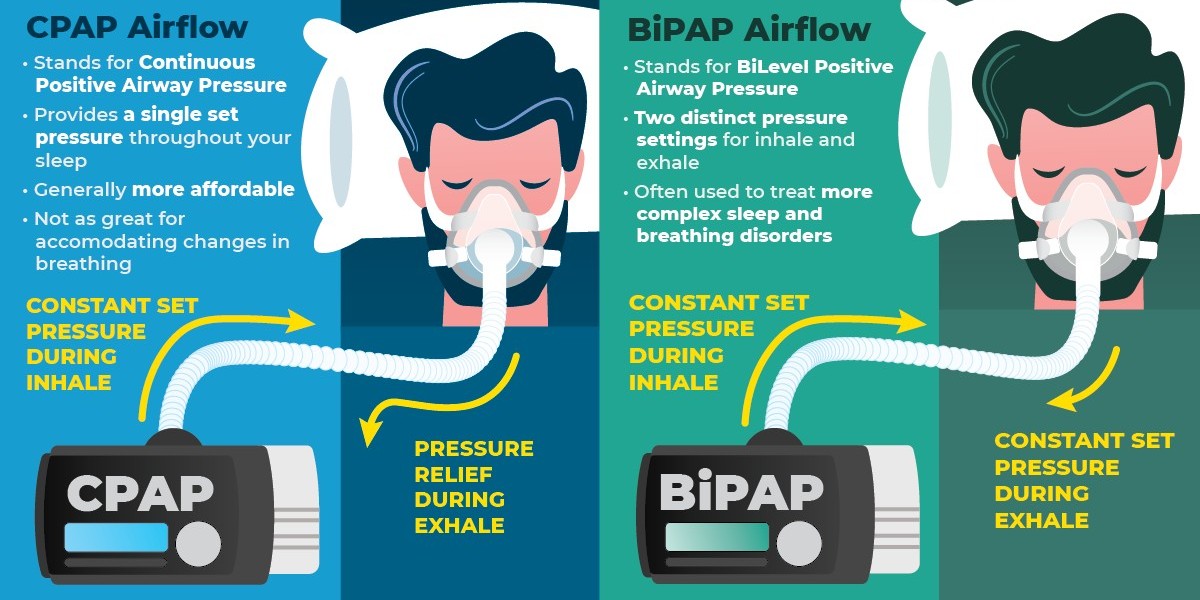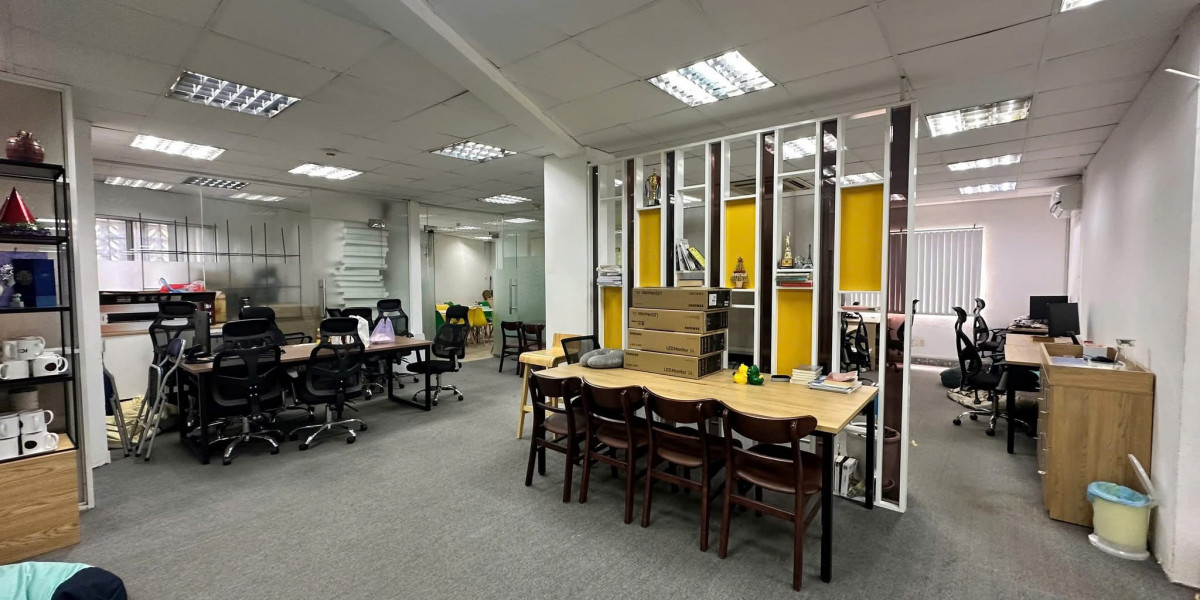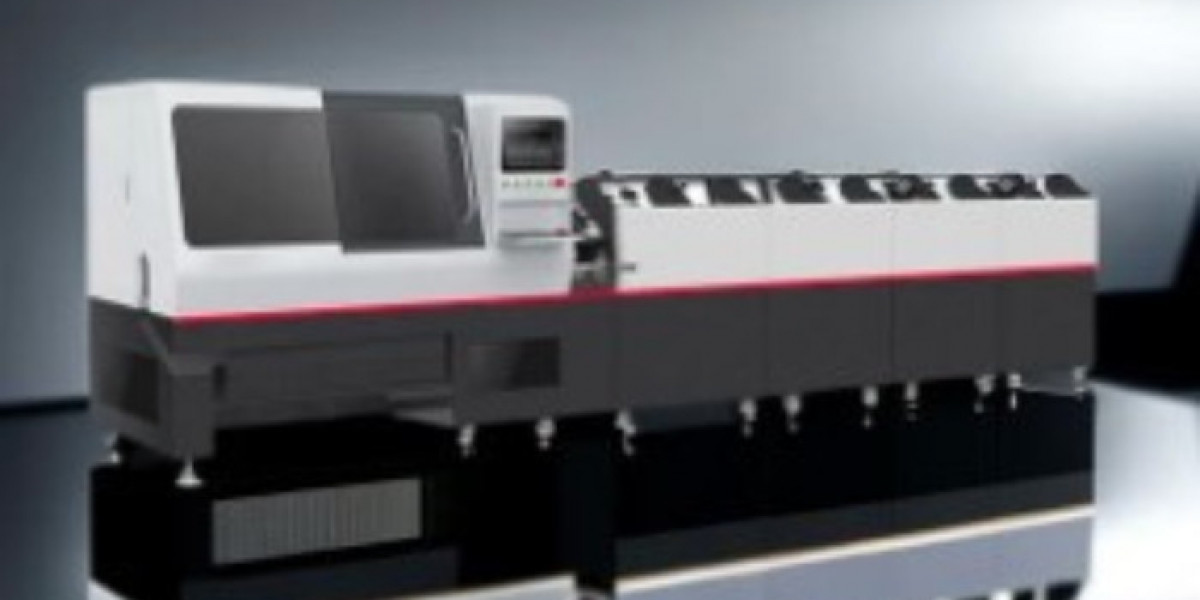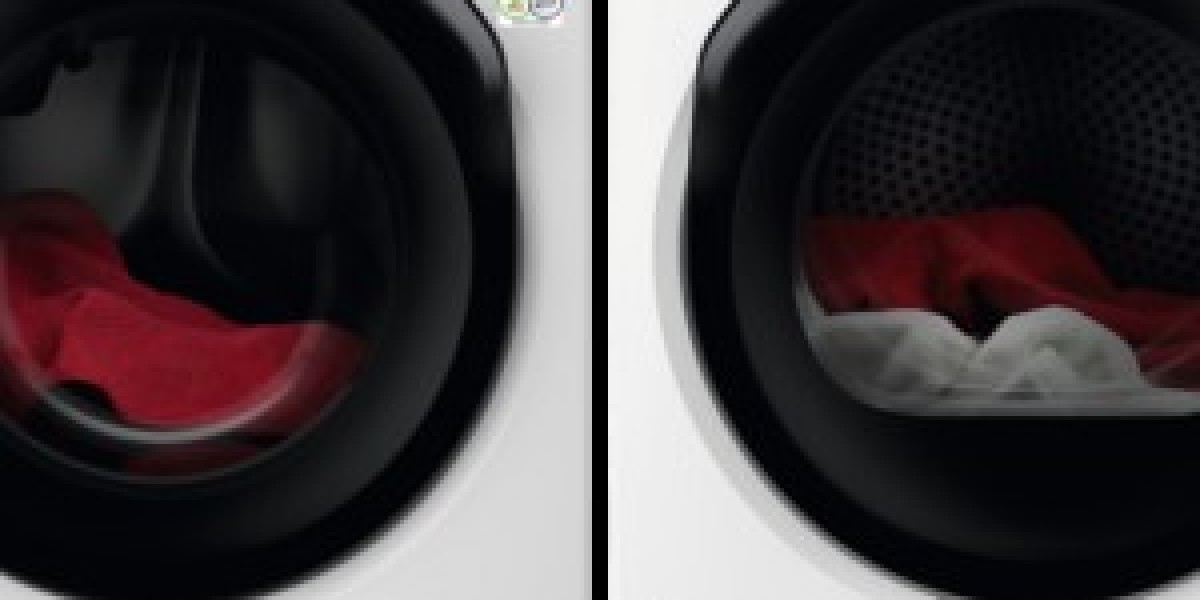Pressurised air is used by CPAP and BiPAP machines to maintain open airways during sleep, effectively treating sleep apnoea and other respiratory issues. Nevertheless, their operation, intended application, and characteristics vary. Gaining a clear understanding of the differences between CPAP and BiPAP can assist users and doctors in selecting the most suitable therapy for their needs.
1. Managing Pressure
The main difference lies in how CPAP and BiPAP machines deliver air pressure.
CPAP machines are designed to maintain a consistent air pressure throughout the sleep cycle. This indicates that inhalation and exhalation utilise equal pressure. Pressure settings for sleep apnoea are determined by medical professionals, taking into account the severity of the condition. CPAP is a highly effective treatment for obstructive sleep apnoea (OSA), a condition in which the airway becomes blocked during sleep.
On the other hand, a BiPAP system provides two different air pressure levels: one for inhalation (IPAP) and one for exhalation (EPAP). Users can experience improved breathing comfort as a result of the pressure differential, making it particularly beneficial for individuals with respiratory concerns or difficulties with CPAP pressure.
Significance:
For individuals who experience difficulty exhaling against the continuous pressure of CPAP, BiPAP offers a more comfortable alternative.
BiPAP's dual pressure settings provide personalised breathing support for individuals with complex respiratory needs.
2. Usage and Medical Indications
CPAP and BiPAP are prescribed for specific medical conditions:
CPAP is the standard treatment for OSA. It is most effective for uncomplicated OSA cases that do not involve respiratory issues. CPAP is sometimes prescribed for patients with mild to moderate central sleep apnoea, although OSA is generally considered to be more advantageous.
In cases of complex sleep apnoea conditions such as central sleep apnoea (CSA), where the brain fails to properly signal the breathing muscles, BiPAP is frequently prescribed. BiPAP is commonly used by patients with COPD, congestive heart failure, and neuromuscular diseases. For individuals who have weakened respiratory muscles or other related concerns, it aids in the process of inhalation and exhalation.
Significance:
BiPAP is an effective treatment option for sleep apnoea and various respiratory diseases.
For individuals requiring more advanced respiratory assistance, BiPAP is the preferred option over CPAP.
3. Comparison of Machine Costs and Features CPAP and BiPAP equipment have variations in functionality and pricing:
CPAP devices are more affordable due to their straightforward construction and ease of use. Common features include adjustable settings to assist users in falling asleep and built-in humidifiers to prevent dryness.
BiPAP machines offer a wide range of features, including adjustable pressure settings, backup respiratory rates, and comprehensive data tracking. BiPAP machines are priced higher than CPAP machines because of their intricate design.
Significance:
Price: BiPAP machines have a higher cost, but their advanced features and broader range of uses make it a worthwhile investment.
With a wide range of advanced features, BiPAP devices are designed to cater to the unique needs of patients with complex respiratory conditions.
4. User Experience and Compliance
The user experience can differ significantly between CPAP and BiPAP machines.
Compliance with CPAP can be challenging for some users due to the constant pressure, particularly during exhalation. Nevertheless, numerous individuals adjust to it, and CPAP is considered the primary treatment for OSA.
Lowering the exhalation pressure of BiPAP can enhance the overall comfort of the device. Patients who find it difficult to adhere to CPAP therapy may experience improved compliance with this enhanced comfort.
Significance:
Comfort and compliance are crucial for individuals using CPAP machines. BiPAP machines offer enhanced comfort benefits that can greatly improve compliance among users.
In terms of choosing between CPAP and BiPAP, it ultimately comes down to the specific needs and preferences of the patient.
In conclusion
CPAP and BiPAP machines are used to treat sleep apnoea by generating positive airway pressure, albeit through distinct methods. CPAP machine and sleep apnea mask is a more convenient and cost-effective option that proves to be effective for the majority of cases involving obstructive sleep apnoea. On the other hand, BiPAP offers more sophisticated pressure settings and is the preferred choice for individuals dealing with complex respiratory disorders or those who find CPAP challenging. Having a clear understanding of these distinctions is crucial for consumers and healthcare practitioners alike. It enables them to make informed decisions when selecting the most effective treatment options, ultimately leading to improved outcomes and better sleep quality.









